13 Jun Understanding Culinary Terms: A Guide for Aspiring Chefs
Aspiring chefs often encounter a plethora of culinary terms that can be confusing or intimidating. However, understanding these terms is essential for mastering the art of cooking and becoming a skilled chef. In this comprehensive guide, we’ll break down common culinary terms and provide clarity to help you navigate the world of cooking with confidence.

1. Mise en Place
Mise en place, a French term meaning “everything in its place,” refers to the practice of gathering and preparing ingredients before starting to cook. This essential step helps chefs work efficiently and ensures that all necessary ingredients are readily available.
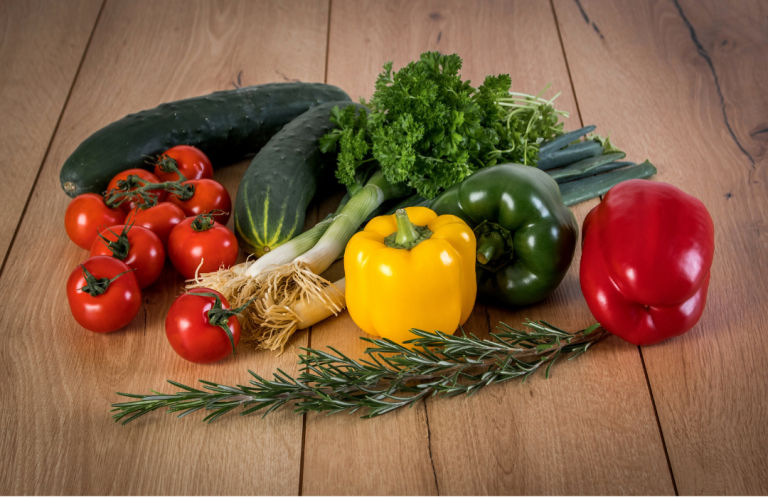
2. Julienne
Julienne is a knife cut that results in long, thin strips of vegetables or other ingredients. To julienne, first, trim the ends of the vegetable to create a flat surface, then cut it into uniform matchstick-sized pieces. This technique is commonly used for vegetables like carrots and bell peppers in dishes such as stir-fries and salads.
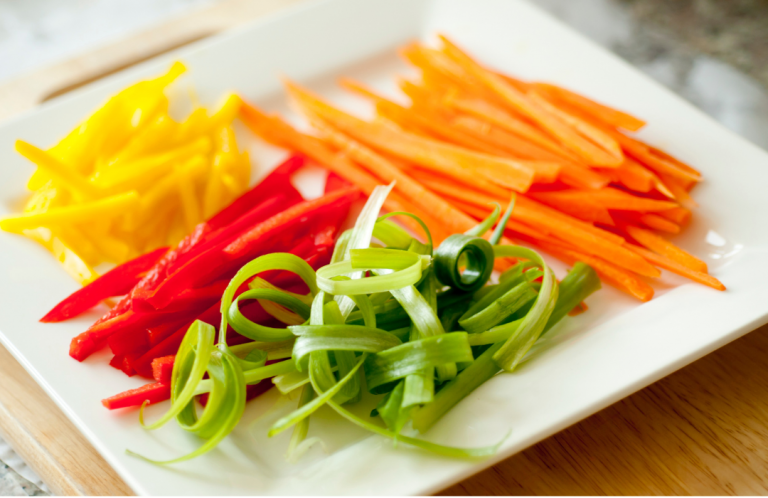
3. Blanching
Blanching is a cooking technique that involves briefly immersing food in boiling water, then quickly transferring it to ice water to halt the cooking process. This method is commonly used to soften vegetables, remove skins from fruits and vegetables, and preserve the vibrant color of ingredients.

4. Deglazing
Deglazing is the process of adding liquid to a pan to loosen and dissolve flavorful browned bits of food that are stuck to the bottom. Common deglazing liquids include wine, broth, or vinegar, which are added to the pan and stirred to incorporate the fond into a sauce or gravy. This technique adds depth and complexity to dishes and is often used in pan sauces and gravies.
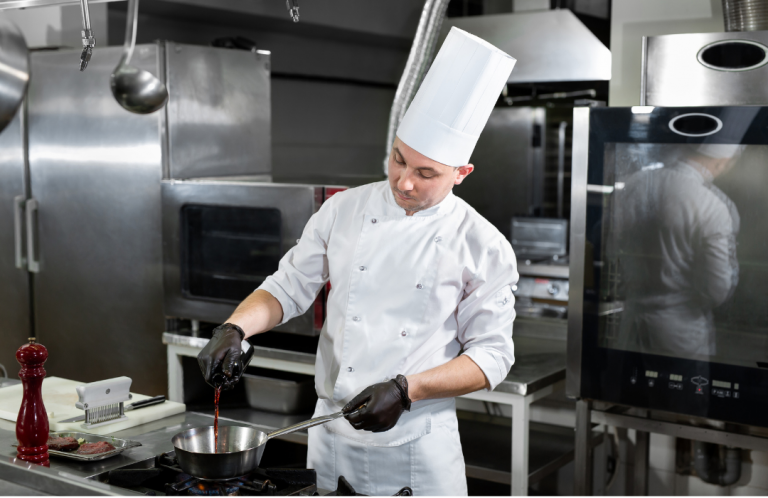
5. Emulsify
Emulsifying is the process of combining two or more liquids that don’t naturally mix, such as oil and vinegar, to create a stable mixture. This is typically achieved by slowly adding one ingredient to the other while vigorously whisking or blending to evenly distribute the liquids. Emulsions are commonly used in salad dressings, sauces, and mayonnaise.
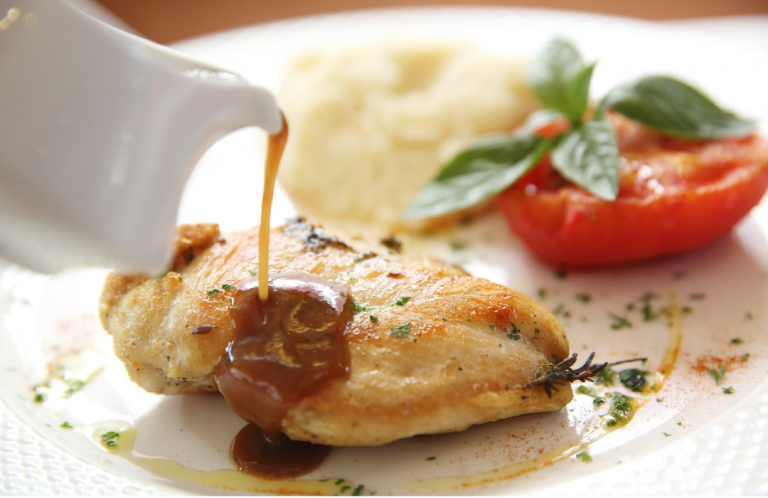
6. Reduction
Reduction is the process of simmering a liquid, such as stock or sauce, over low heat to evaporate water and concentrate flavors. As the liquid reduces, it thickens and intensifies in flavor, creating a rich and flavorful base for sauces, soups, and glazes. This technique enhances the depth of flavor in dishes and is often used to finish and add complexity to recipes.
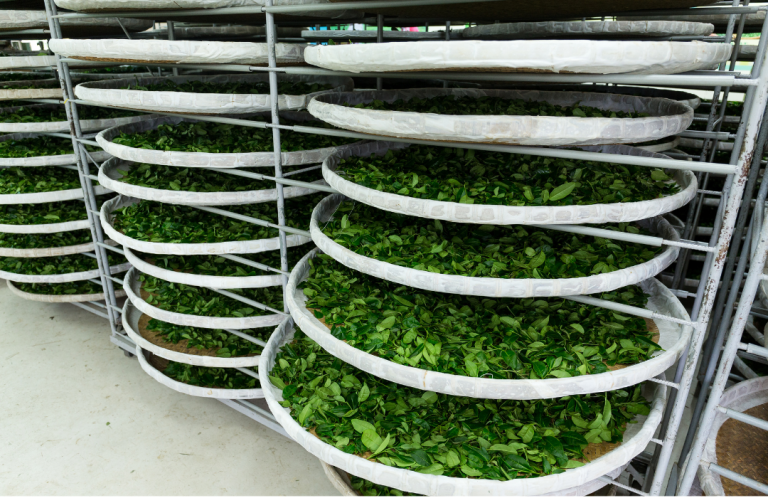
7. Infusion
Infusion involves steeping herbs, spices, or other flavorings in a liquid, such as water, oil, or alcohol, to extract their aromatic compounds and flavors. This process allows the liquid to take on the essence of the ingredients, resulting in infused liquids that can be used to flavor dishes or beverages. Common infusions include herbal teas, flavored oils, and infused spirits like gin or vodka.
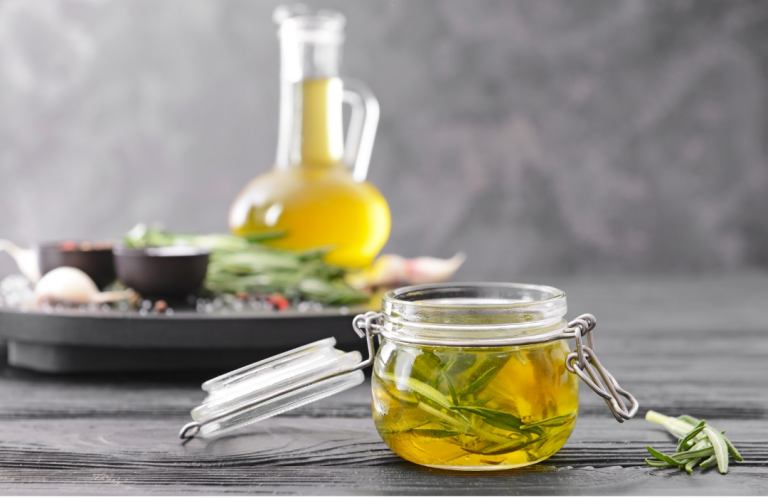
8. Caramelization
Caramelization is a chemical reaction that occurs when sugars are heated, resulting in the browning and development of complex flavors. This process occurs when sugars break down and undergo Maillard reactions, creating a range of sweet, nutty, and savory flavors. Caramelization is commonly used to enhance the flavor and color of foods such as onions, carrots, and roasted meats.
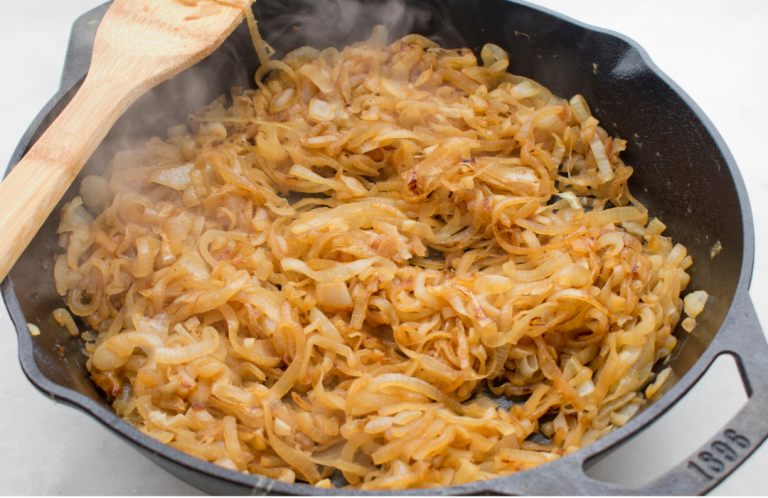
9. Chiffonade
Chiffonade is a knife technique used to slice leafy greens or herbs into thin, ribbon-like strips. To chiffonade, stack several leaves on top of each other, roll them tightly into a cylinder, then slice across the roll to create fine ribbons. This technique is often used to garnish salads, soups, and pasta dishes, adding visual appeal and texture to the final presentation.
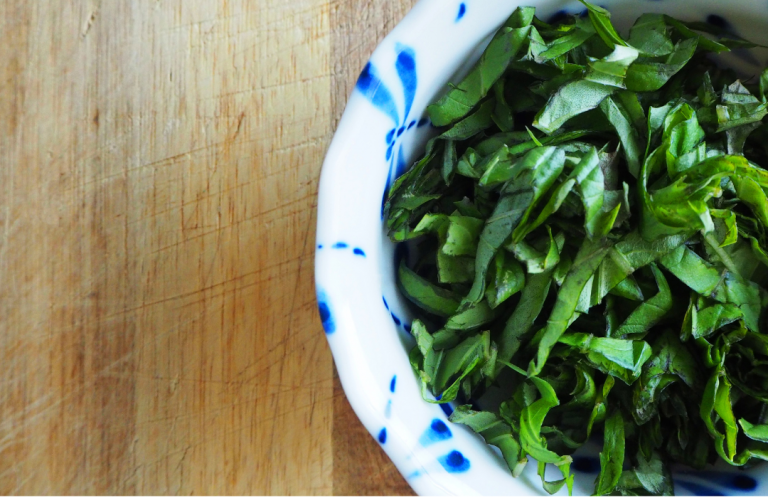
10. Searing
Searing is a cooking technique that involves quickly cooking meat, poultry, or fish over high heat to brown the exterior and seal in juices. This process creates a flavorful crust on the surface of the protein, enhancing its taste and appearance. Searing is typically done in a hot skillet or grill for a short period, followed by finishing the cooking process using another method, such as roasting or braising.

By familiarizing yourself with these essential culinary terms and techniques, you’ll be better equipped to navigate the world of cooking with confidence and creativity. Whether you’re following a recipe or experimenting with your own culinary creations, understanding these terms will help you elevate your cooking skills and produce delicious dishes that are sure to impress


No Comments